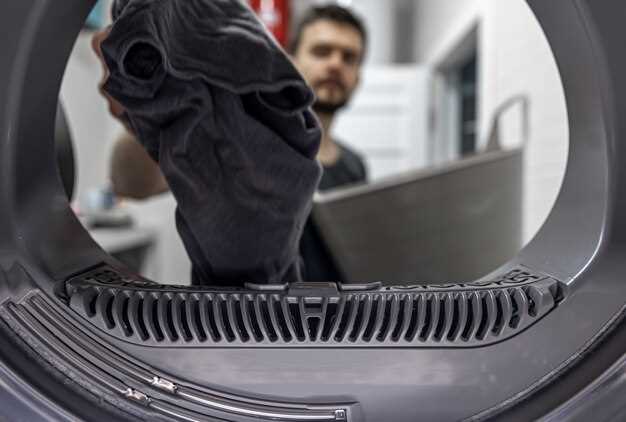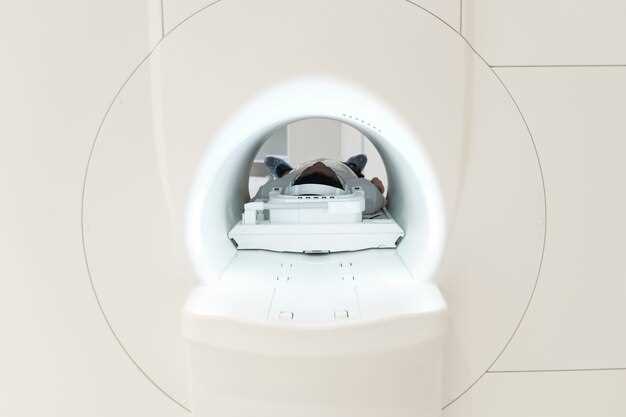
Wind tunnel testing plays a crucial role in the design development of vehicles, particularly cars, ensuring that aerodynamic efficiency is thoroughly evaluated and optimized. The process involves placing a scaled model of the car within a controlled tunnel environment, where airflow can be simulated to study how the vehicle interacts with wind under various conditions. This direct observation allows designers to gather critical data on drag coefficients, lift forces, and overall aerodynamic performance.
Incorporating wind tunnel testing into the design phase not only enhances the safety and stability of the vehicle but also significantly influences its fuel efficiency and performance. By understanding how design choices – from body shape to surface textures – impact airflow, engineers can make informed adjustments that lead to superior vehicle dynamics. In essence, the wind tunnel becomes a vital tool, transforming theoretical designs into validated reality.
As competitive markets demand more innovative and efficient designs, the importance of wind tunnel testing continues to grow. The insights gained from this testing are not only instrumental in refining current car designs but also pave the way for pioneering future developments in automotive engineering. Emphasizing the value of aerodynamic considerations during the design phase ultimately contributes to the creation of vehicles that are both high-performing and environmentally responsible.
Optimizing Aerodynamics for Enhanced Performance in Car Design
The integration of aerodynamics into car design has become a pivotal factor in achieving enhanced performance. By optimizing aerodynamic properties, engineers can reduce drag and increase fuel efficiency, which are crucial for modern vehicles. Wind tunnel testing serves as a fundamental tool in this optimization process, allowing designers to visualize airflow around the car.
One primary aspect of aerodynamic optimization is the shape of the car’s body. A streamlined design minimizes resistance against wind, enabling smoother movement through the air. This includes elements such as sloping hoods, tapered edges, and strategically placed air vents that direct airflow efficiently over and around the vehicle.
Furthermore, the underbody of the car plays a significant role in aerodynamics. A flat undertray can reduce airflow turbulence, which contributes to drag. Designers often use wind tunnels to fine-tune these aspects, ensuring that the car remains stable at high speeds while maintaining efficient airflow.
Additions like rear spoilers and front splitters are also tested in wind tunnels to determine their effectiveness in providing downforce. These components help keep the car grounded at higher speeds, enhancing handling and stability. A balance must be struck between generating downforce and minimizing drag to achieve optimal performance.
Additionally, the use of computational fluid dynamics (CFD) alongside wind tunnel testing provides a comprehensive approach to aerodynamics. CFD simulations allow for the analysis of airflow patterns, which can then be validated and refined through physical wind tunnel experiments, ensuring that the design is both practical and effective.
Ultimately, the continuous refinement of aerodynamic elements in car design leads to significant improvements in speed, efficiency, and overall performance. As the automotive industry evolves, the importance of aerodynamics in car design remains a critical focus for manufacturers and designers alike.
Reducing Development Costs Through Early Testing and Prototyping

In the automotive industry, the importance of early testing and prototyping cannot be overstated, particularly when it comes to car design. Utilizing wind tunnels effectively allows manufacturers to identify potential design flaws before they escalate into costly issues. By incorporating aerodynamic testing in the early stages, teams can refine their concepts while minimizing the risk of expensive rework later in the development cycle.
Prototyping in wind tunnels enables designers to experiment with various shapes and configurations. This iterative process leads to a deeper understanding of airflow dynamics, reducing drag and improving fuel efficiency. As a result, companies can produce cars that are not only more competitive in terms of performance but also compliant with stringent environmental regulations without incurring excessive expenses.
Moreover, by detecting performance issues during initial phases of design, organizations can allocate resources more efficiently. The cost associated with late-stage design changes is substantially higher than that of adjustments made during early testing. Hence, investing in wind tunnel evaluation can lead to significant long-term savings and a streamlined development process.
In summary, the strategic use of wind tunnels for early testing and prototyping in car design plays a crucial role in minimizing development costs. It not only enhances the overall quality of the vehicle but also promotes innovation by allowing designers to push boundaries without the fear of financial repercussions stemming from unforeseen complications.
Evaluating Safety and Stability Parameters During Real-World Conditions

Wind tunnel testing is essential in assessing the safety and stability parameters of a car under various real-world conditions. By simulating diverse environmental factors, engineers can predict how a vehicle will behave in high winds, heavy rain, or other challenging scenarios.
During these tests, a car is subjected to controlled airflow that mimics natural wind conditions. This allows for the evaluation of aerodynamic performance, which directly impacts stability. A well-designed car should maintain traction and control when navigating through gusty winds. Wind tunnel data helps identify potential issues, enabling designers to refine features such as spoilers or body shapes to enhance stability.
Moreover, real-world conditions can introduce unexpected variables, such as crosswinds on highways. Wind tunnel simulations provide a crucial understanding of how these forces interact with a vehicle’s profile. By analyzing data from these tests, manufacturers can make informed decisions to improve both the safety and performance of their vehicles.
In addition to aerodynamics, wind tunnel testing evaluates the structural integrity of the car during extreme weather conditions. This includes examining how the body structure withstands forces applied by both wind and other external elements. By reinforcing weak points identified in testing, manufacturers ensure that the car can endure real-world challenges without compromising safety.
Ultimately, the insights gained from wind tunnel testing contribute significantly to developing safer, more stable cars. As testing methodologies evolve, integrating this data into the design process will continue to be fundamental in producing vehicles capable of withstanding the complexities of real-world environments.



